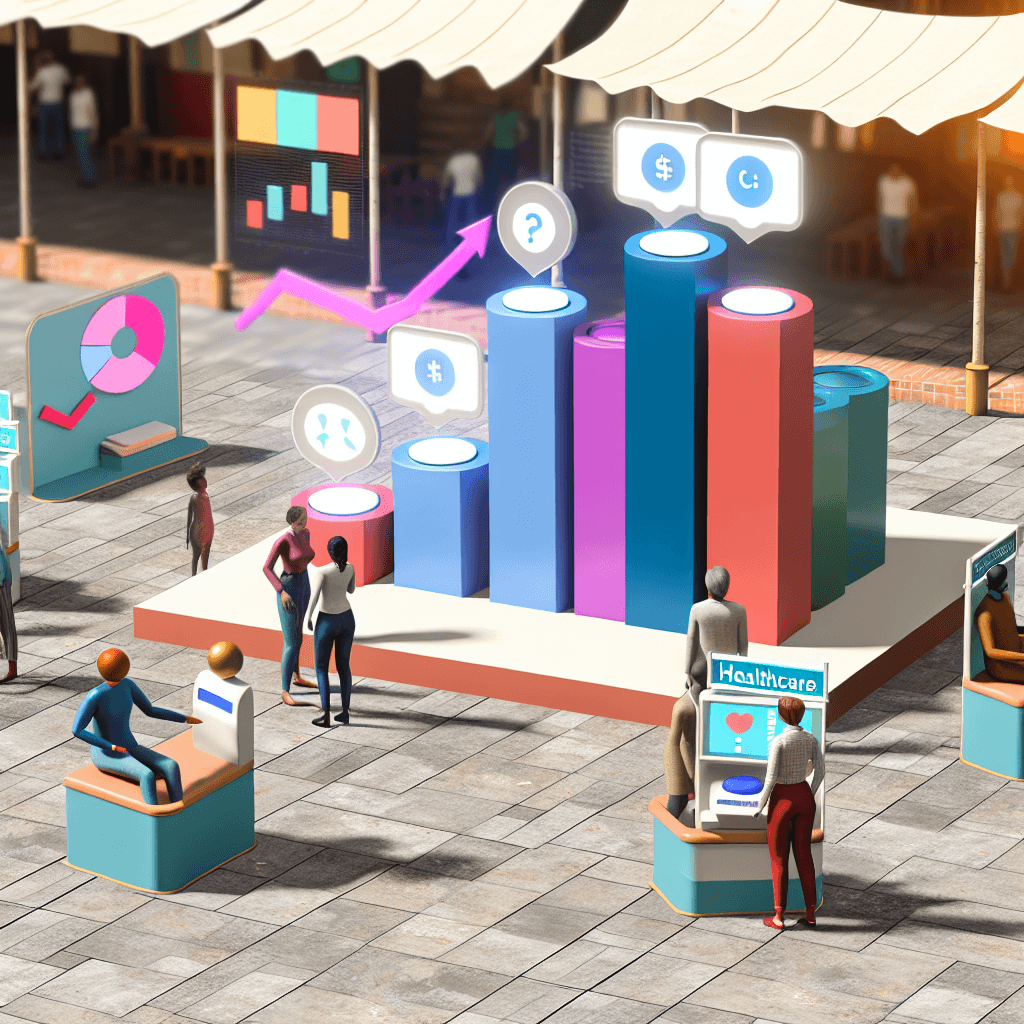Explore the healthcare chatbots market size, share, trends, opportunities, and forecasts in our comprehensive analysis.
Healthcare Chatbots Market Size, Share, Trends, Opportunities & Forecast

Table of Contents
Healthcare Chatbots Market Size, Share, Trends, Opportunities & Forecast

The integration of artificial intelligence (AI) in healthcare has revolutionized many aspects of patient care and administrative processes, among which chatbots stand out as a particularly innovative tool. Healthcare chatbots are AI-powered systems capable of simulating human conversation to assist patients and healthcare providers. This article delves into the current market size, share, trends, opportunities, and forecasts related to healthcare chatbots, providing a comprehensive overview of this burgeoning field.
Current Market Overview
The global healthcare chatbots market has been experiencing robust growth and is expected to continue its upward trajectory. According to recent studies, the market was valued at approximately USD 122 million in 2019 and is projected to reach USD 345 million by 2026, growing at a compound annual growth rate (CAGR) of 15.7% during the forecast period. This growth is driven by several factors including the increasing demand for virtual health assistance, the rising prevalence of chronic diseases, and advancements in natural language processing and machine learning technologies.
Key Market Drivers
- Technological Advancements: Continuous improvements in AI and machine learning algorithms have enhanced the capabilities of healthcare chatbots, making them more reliable and efficient.
- Increasing Healthcare Costs: Chatbots are being deployed to reduce healthcare costs by automating routine tasks and providing preliminary support, thus freeing up valuable resources.
- Consumer Demand for Immediate Response: In an era of instant gratification, consumers expect quick responses to their health-related queries, a need that healthcare chatbots can fulfill effectively.
- COVID-19 Pandemic: The pandemic has accelerated the adoption of digital health technologies, including chatbots, to maintain social distancing and manage an increased load on healthcare systems.
Market Challenges
Despite the promising growth, the healthcare chatbots market faces several challenges that could impede its progress. Issues such as data privacy concerns, lack of awareness about chatbot capabilities, and the inherent limitations of AI in understanding human emotions and complex queries are significant hurdles. Moreover, the regulatory landscape for medical data and AI tools is still evolving, which adds another layer of complexity to the deployment of healthcare chatbots.
Regional Insights
The North American region holds the largest share of the healthcare chatbots market, thanks to its advanced healthcare infrastructure, high adoption of new technologies, and significant investments in AI and healthcare. Europe follows closely, driven by its strong regulatory frameworks for data protection and the widespread acceptance of AI in healthcare. The Asia-Pacific region is expected to witness the fastest growth due to increasing internet penetration, rising healthcare expenditure, and growing awareness about the benefits of chatbots in healthcare.
Leading Players in the Market
Several key players dominate the healthcare chatbots market, each offering unique solutions to enhance patient care and operational efficiency. Notable companies include:
- Ada Health GmbH: Known for its AI-powered health guide, Ada assists users in diagnosing symptoms and navigating healthcare services.
- Babylon Health: Offers a chatbot that provides medical AI consultation based on personal medical history and common medical knowledge.
- HealthTap: Provides a virtual assistant that connects users with doctors for health advice and schedules doctor visits automatically.
- Woebot: A mental health chatbot that helps users monitor their mood and learn about themselves through intelligent conversation.
Future Trends and Opportunities
Looking ahead, the healthcare chatbots market is poised for further expansion with several trends and opportunities likely to shape its future:
- Integration with Wearable Technologies: Combining chatbots with wearable health devices can provide real-time health monitoring and proactive health management.
- Expansion into New Geographical Regions: Emerging markets with increasing healthcare needs present a fertile ground for the expansion of healthcare chatbots.
- Enhanced Personalization: Advances in AI will enable chatbots to offer more personalized advice and support, improving patient satisfaction and engagement.
- Support for Mental Health: With rising awareness of mental health issues, chatbots can play a crucial role in providing support and early intervention for mental health conditions.
Conclusion
The healthcare chatbots market is set to transform the landscape of healthcare with its ability to provide cost-effective, immediate, and personalized communication. While challenges such as data privacy and AI limitations exist, the opportunities and ongoing advancements in technology are likely to continue driving substantial growth in this sector. As healthcare systems worldwide strive to become more efficient and accessible, healthcare chatbots are expected to play an increasingly important role in achieving these goals.
In conclusion, the future of healthcare chatbots looks promising, with significant potential for innovation and expansion. Stakeholders in the healthcare sector should consider investing in this technology to enhance service delivery and patient care.








